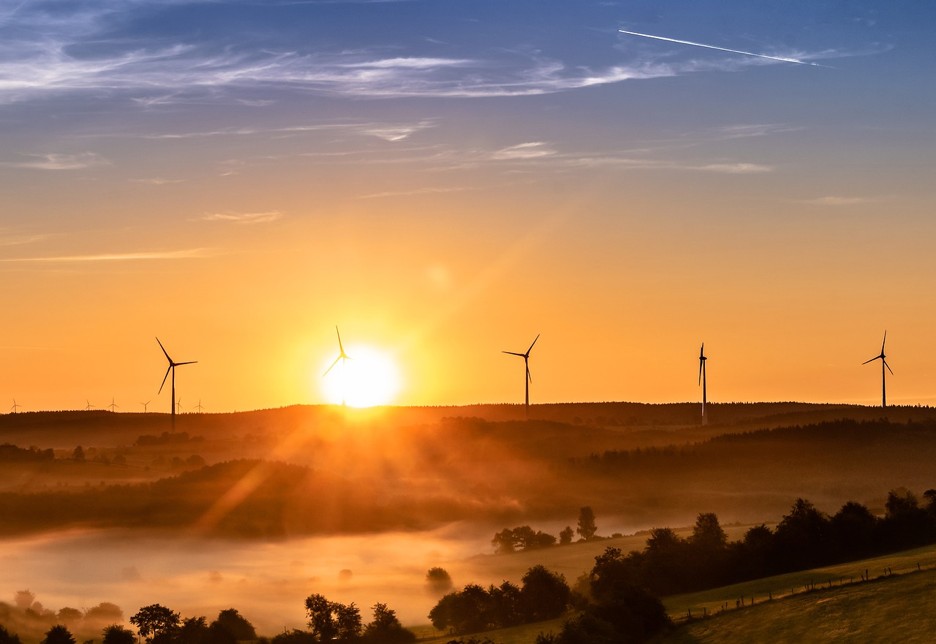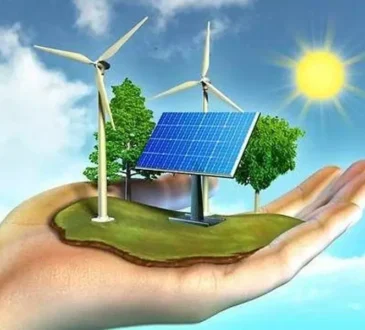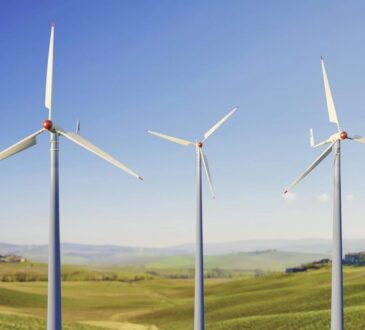
As rare crystalline skies hung over our cities, urban residents enjoyed genuine breaths of fresh air in what were once areas of poor air health. For a brief few weeks, pollution levels dropped around the world. It was one of the few actual silver linings of the pandemic to happen as economies grounded to a halt.
The early days of the Covid-19 pandemic offered a brief glimpse into how our planet would function if we weren’t actively inflicting damage to its biosphere. In many ways, it gave us the ability to see what our future might look like when we run our economy on electric vehicles and renewable energies. Unfortunately, we’re not quite there yet.
The vested interests of the oil and gas industry have in part prevented our move to clean tech. Exxonmobil is worth north of $200 billion and Saudi Aramaco, the national oil company of Saudi Arabia, is worth over $2 trillion. These companies have deep pockets that hold significant sway over our world’s politicians.
Many people still say to themselves, ‘but we have some time left, don’t we?’ The harsh reality is that we don’t. Before the industrial revolution, the average amount of carbon dioxide in our atmosphere was 280 ppm (parts per million). Once emitted, carbon in the atmosphere remains there for thousands of years. This means that since industrialization, the ppm figure has been climbing steadily upward. And in 2016, the C02 concentration reached 400 ppm – well past the so-called ‘carbon threshold.’
Beyond this point, researchers expect climate change to have severe consequences that cannot be reversed. Even if U.S. President Joe Biden returns his country to the Paris Agreement and agrees with other industrialized nations to limit pre-industrial C02 levels above 2.0 degrees celsius, small islands will still likely sink and coral reefs will go extinct.
The saddest part of all of this is that we didn’t have to let our planet get to this point. We have known about the effects of climate change since the 1980’s. New York Times reporter Phillip Shabecoff, writing in 1988, warned that “if the current pace of the buildup of [greenhouse gases] continues, the effect is likely to be a warming of 3 to 9 degrees Fahrenheit [between now and] the year 2025 to 2050… The rise in global temperature is predicted to … caus[e] sea levels to rise by one to four feet by the middle of the next century.”
Shabecoff wasn’t alone in his dire warnings. Presidential candidate Al Gore also sounded the alarm bells with his 2006 documentary An Inconvenient Truth. Unfortunately, few people listened to reporters and politicians until fires raged across the American west, Australia, and the Amazon in the last few years. First-hand observation of our climate disaster has finally prompted at least some action, just much later than it should have.
Thankfully there are still hopeful signs that we can prevent the worst possible outcome from happening in the future. President Biden has pledged to make the climate disaster one of his cabinets’ top policy focuses, intending to invest up to $2 trillion to the issue during his time in office.
Meanwhile, economic and technological developments are working in favor of the move to a clean tech economy. The cost of renewables and electric vehicles have dropped significantly over the last two decades. And Tesla – the dominant producer of vehicles – now has a market cap of $407 billion – larger than Ford, GM, and Chrysler combined.
Renewable energy has been exploding in recent years. In 2022, renewable energy accounted for 53% of Denmark’s energy consumption. Photovoltaic (PV) use in Europe also grew by a record 47% from 2021 to 2022.
The transition to renewables could spell the end of the oil industry. But in its place will be the rise of a massive new industry that poses immense economic and financial opportunities to those who invest early on. As U.S. representative Brad Schneider says, “The transition to clean energy should not be viewed as a burden to be overcome but, rather, an extraordinary job creation opportunity for the United States.”




